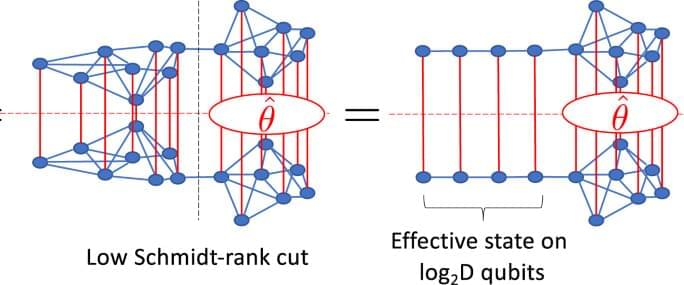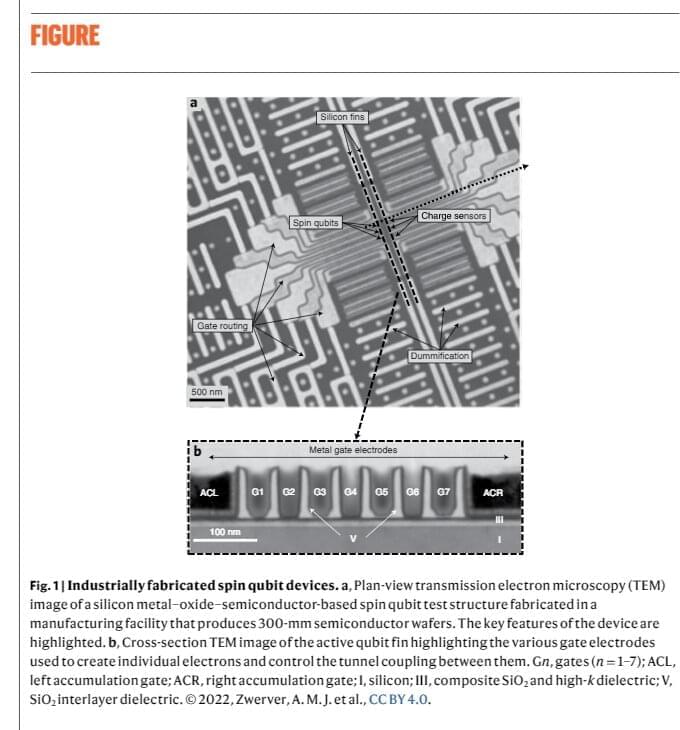Circa 2020
Facebook has shown off a new proof-of-concept virtual reality headset, and it has a completely different design than most other VR devices on the market today. Instead of a bulky contraption that covers up the top half of your face and has to be strapped to your head, this proof-of-concept headset looks kind of like a pair of large sunglasses that can sit comfortably on your ears.
Yet Facebook is billing this new device as not a pair of augmented reality glasses, as common conceptions of AR devices go, but a legitimate VR product. They’re very thin, with a display thickness of less than 9mm, and Facebook claims they have a field of view that’s “comparable to today’s consumer VR products.” Here’s a top-down view:
The proof-of-concept glasses aren’t just thin for looks, though — they also apparently beam images to your eyes in a way that’s different than standard VR headsets on the market today. I’ll let Facebook’s research team explain one of those techniques, called “holographic optics:”







